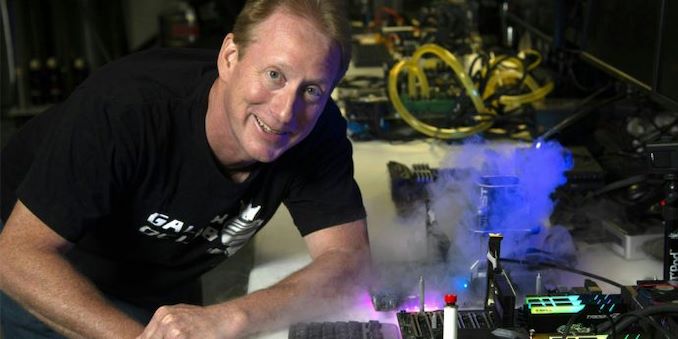FYI this applies to all Intel CPUs with turbo boost, not just the 9900KS. Officially they're all supposed to have a limited duration boost buy nearly all mobos remove this limit. And they've been doing so for some time, so it seems Intel doesn't really care.
Which makes sense, as it improves their benchmark scores and if anyone complains about power draw they can just point to their states rules for power levels and blame the mobo manufacturers, even though they've implicitly given them permission to do this by allowing it to go on in a widespread fashion.
Here are the relevant parts from an interview of Guy Therien, the Intel engineer who is the absolute authority when it comes to Intel’s TDP and turbo.
Guy Therien: Within a processor we define a burst power limit, that we call Power Limit 2 (PL2), compared to the TDP, which is Power Limit 1 (PL1). There is an algorithm that is run in the processor that ensures that TDP, over a period of time, is enforced as the average power. The algorithm isn’t a simple rolling average, but is an exponential weighted moving average […]
This PL2 limit, and the power budget, is configurable. In fact, on all client parts, you can configure both the period over which TDP is enforced and the height of the power limit to which you can burst. […]
So if we consider a system at idle, that has a full power budget. As the workload comes onto the cores, the internal weighted time algorithms pump you up to the highest frequency as long as that’s available for the number of cores that are active. Then we’ll look at the power that’s being consumed, and as long as it is less than your power limit PL2, you are good. So, we continue on at that frequency. As the exponential weighted moving average algorithm starts calculating, and sees the power that is being dissipated/sustained. Then, after a time, it’s looking at the time over which it needs to enforce that average power, which we call Tau (τ). When τ is reached, the algorithm kicks in and sees if it needs to reduce the power that’s being consumed, so it can hit can stay within the TDP limit. This means that you get a burst of performance up front. After that performance, that power budget, is exhausted, internally the processor will start to reduce the power by reducing frequency to ensure that the TDP is enforced over the time that it is configured. So, τ is the timeline over which TDP is enforced by the algorithm.
Both PL2 and τ are configurable by the OEM and ODM, and are ‘in spec’. So you have the ability, of course, if the power delivery supports a higher power limit, and also if the system has the thermal capability (because it makes no sense if you’re just going to thermally throttle), to adjust these values. So motherboard manufacturers and ODMs are investing in their power delivery and thermal solutions to allow them to maximize performance or get a certain about of turbo duration without throttling – to the maximum extent possible. As a result of this you can invest different amounts of money into the power delivery, the thermal solution, the thinness of the system and so on – it’s the ability to design something that is differentiated for the audience, both in terms of form factor and performance.[…] So depending on the system capability, we have the TDP, and
then the associated Turbo parameters (PL2 and τ) can be configured to meet the capability of the system.
Full interview:

www.anandtech.com


 fixed
fixed